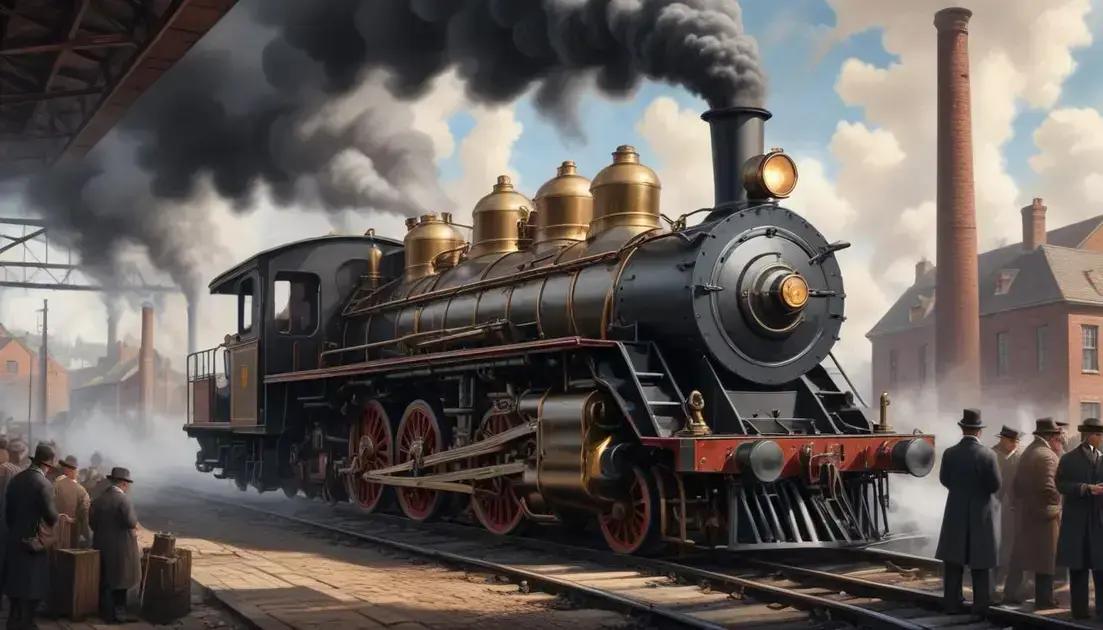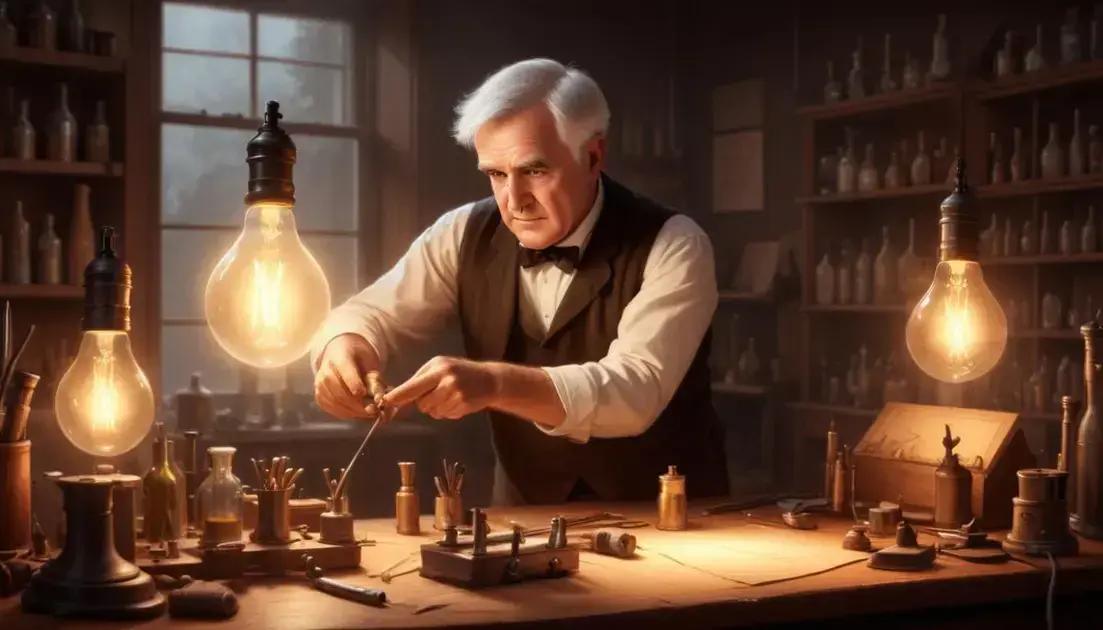
Steam Engine: The Motor of the Industrial Revolution
The steam engine revolutionized transportation, industry, and economics during the Industrial Revolution. It enabled faster travel with trains and steamships, transformed manufacturing by increasing efficiency and mass production, and shifted economies from agriculture to industrialization. This innovation created new job opportunities and connected communities, significantly impacting daily life and global trade.
Steam Engine revolutionized the way we think about transportation and production. Curious how this innovation shaped our world? Let’s dive in!
Introduction to the Steam Engine
The steam engine was a game changer for how we travel and make things. It uses steam to power machines, and this was a big leap for humanity. Before its invention, most work was done by hand or with animals. But with the steam engine, factories could work faster and more efficiently.
How the Steam Engine Works
At its core, the steam engine converts heat energy into mechanical energy. It heats water to create steam. This steam pushes against a piston or a wheel, causing it to move. This movement is then used to power various machines.
Why It Matters
The steam engine made it possible to transport goods quickly. Trains and ships powered by steam could carry more cargo than ever before. This new speed helped businesses grow and connect with more people.
Real-World Examples
One of the first significant uses of the steam engine was in trains, which revolutionized travel. Instead of days on a horse, you could travel across states in a matter of hours. This change brought cities closer together and opened new markets.
Steam Engines Today
While we don’t rely on steam engines as much in daily life now, its basic principles still inspire modern technology. Many of today’s engines and generators use similar ideas to create energy efficiently.
Impact on Transportation
The steam engine had a huge impact on transportation. It changed how people and goods moved around. Before the steam engine, transport was slow. People relied on horses, carriages, and boats. These methods took a lot of time and effort.
Railroads Transform Travel
With the steam engine, we saw the rise of railroads. Trains could move faster than any horse-drawn vehicle. They could travel great distances in hours instead of days. This made it easier for people to visit family or commute for work.
Shipping Changes
Steam engines also powered ships. Big ocean-going vessels replaced sailing ships. These steamships could sail year-round, regardless of the wind. They allowed for quicker and more reliable transport of goods across oceans.
Connecting Communities
As transport improved, communities became connected. Markets opened up, and people could sell their products to a larger audience. This made the economy grow and cities thrive.
Travel for Everyone
More people could now afford to travel by train or steamship. This made travel available to the average person. It was no longer just for the wealthy. Vacations became popular, and people could explore new places.
Influence on Industry
The steam engine greatly influenced industry by changing how things were made. Factories began to use machines powered by steam. This led to faster production and reduced labor costs.
Efficiency in Manufacturing
Before the steam engine, production relied on manual labor. Workers made products by hand, which took a lot of time. With steam power, machines could do the hard work. This made factories much more efficient.
Mass Production
Thanks to steam engines, factories could produce goods in large quantities. This is called mass production. Items like textiles, tools, and even toys could be made quickly. People could buy these goods at lower prices, making them accessible.
New Job Opportunities
While the steam engine automated many tasks, it also created jobs. Factories needed workers to manage machines and maintain them. Although some jobs were lost, new roles were developed in industrial settings.
Driving Innovation
The steam engine encouraged inventors to create new machines and improve old ones. This sparked innovation across several industries. The need for speed and efficiency drove further advancements, leading to the modern factories we see today.
Economic Transformation
The steam engine brought major economic changes. It shifted economies from farming to manufacturing. This transition changed how people worked and lived.
Growth of Industries
With steam power, industries expanded rapidly. Factories could produce more goods faster. This led to job creation in cities, attracting people from rural areas.
Changing Job Markets
As factories grew, many people left farms to find work. This movement created new job markets. Workers found roles in manufacturing, transportation, and service sectors.
Impact on Daily Life
The availability of goods changed lives. Items that were once handmade were now mass-produced. This made products cheaper and more accessible to everyone.
Trade and Global Economy
Steam engines improved trade networks. Faster transportation of goods meant supply chains grew. Countries could buy and sell with each other more easily, boosting the global economy.
Conclusion
The steam engine was a turning point in history. It changed transportation, industry, and economics in many ways. This invention not only fueled machines but also new ideas and innovations.
Lasting Effects
Even today, we see the steam engine’s influence. Modern engines and technologies still rely on principles from the steam age.
A New Era
The steam engine marked the start of the Industrial Revolution. This revolution changed how goods were made and how people lived.
Ongoing Innovation
As we move to new technologies, the spirit of innovation continues. The steam engine paved the way for advancements we enjoy now.
Conclusion
In conclusion, the steam engine played a crucial role in shaping our modern world. It changed how we traveled, made things, and interacted with the economy. By introducing steam power, we saw incredible growth in industries and a shift in job markets.
Today, we still benefit from the innovations sparked by the steam engine. The principles of steam technology have inspired countless advancements. As we move forward, we must remember the lasting impact of this remarkable invention. The steam engine was more than just a machine; it was a catalyst for change and progress.


